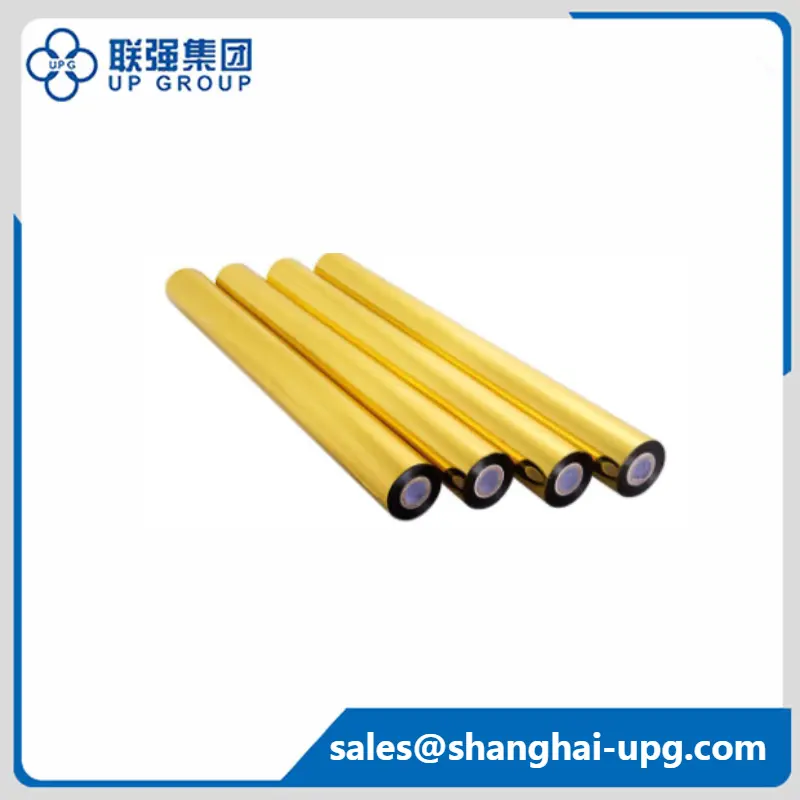In the world of print design, there are two commonly used techniques: letterpress and foil stamping. Both have unique aesthetics and tactile qualities that make them a popular choice for a variety of applications, from wedding invitations to business cards. However, they are very different in terms of process, results and application. This article will look at the differences between letterpress and foil stamping, with a special focus on the role of foil stamping in the latter technique.
Letterpress printing is one of the oldest forms of printing, dating back to the 15th century. It involves the use of a raised surface, usually made of metal or polymer, which is coated with ink and then pressed onto paper. The result is a lasting impression that gives the printed material a tactile and textural quality.
Characteristics of letterpress printing
Tactile Quality: One of the most attractive aspects of letterpress printing is the impression it leaves on the paper. The ink will be pressed into the surface of the paper, creating an uneven effect that can be felt by hand.
Ink Types: Letterpress allows for the use of a variety of ink colors, including Pantone, which can be mixed to achieve specific shades, and inks that are usually oil-based to provide a rich, vibrant effect.
Paper Selection: Letterpress printing is best suited to thicker, textured papers that hold the impression, which adds to the overall beauty and feel of the printed product.
Limited Color Options: While letterpress printing can produce beautiful results, each print run is usually limited to just one or two colors, as each color requires a separate plate and passes through the press.
Stamping, on the other hand, is a more modern technique that uses heat and pressure to apply metal or colored foil to the substrate, a process that produces a shiny, reflective surface that adds a luxurious touch to the printed piece.
We would like to introduce to you one of our company's, LQ-HFS Hot Stamping Foil for paper or plastic stamping
It is made by adding a layer of metal foil on the film base through coating and vacuum evaporation. The thickness of anodized aluminum is generally (12, 16, 18, 20) μ m. 500 ~ 1500mm wide.Hot stamping foil is made by coating release layer, color layer, vacuum aluminum and then coating film on the film, and finally rewinding the finished product.

Characteristics of hot stamping
Shiny surface: The most striking feature of hot stamping is the glossy, reflective finish. This effect can be achieved using metallic foils (such as gold or silver) or colored foils (which can be matched or contrasted with the substrate).
Versatile design options: Foil stamping can be combined with other printing techniques, including letterpress, to create multi-dimensional designs. This versatility makes it possible to create intricate patterns and designs that enhance the overall appearance of the print.
A wide range of hot stamping foils: There is a wide range of foils to choose from, including holographic, matte and clear options. This versatility allows designers to experiment with different effects and finishes.
No imprint: Unlike letterpress, foil stamping does not leave an impression on the paper. Instead, it sits on top of the substrate with a smooth surface that contrasts with the texture of letterpress.
Key Differences Between Letterpress and Hot Stamping
Process
The fundamental difference between letterpress and foil stamping is their processes. Letterpress uses a raised surface to transfer ink to the paper, creating an impression. In contrast, hot stamping uses heat and pressure to transfer a hot stamping foil to the substrate, leaving the substrate with a shiny, indentation-free surface.
Aesthetic Taste, While both techniques are uniquely aesthetic, they cater to different design sensibilities. Letterpress usually gives a vintage, handmade feel, making it ideal for projects that require a classic flavor. Foil stamping has glossy and reflective properties and is often used for modern designs that aim to convey luxury and sophistication.
Tactile Experience
The sensory experience is another important distinction; letterpress offers a deep impression that can be felt, adding a sensory element to the print. However, foil stamping provides a smooth surface that may not provide the same tactile feedback, but when combined with textured paper, it can create a stunning visual contrast.
Color Limitations
While letterpress printing is typically limited to one or two colors at a time, foil stamping allows for a wider range of colors and finishes, and this flexibility makes foil stamping a popular choice for designs that require multiple colors or intricate details.
Many designers choose to combine letterpress and foil stamping to take advantage of both techniques. For example, wedding invitations might feature letterpress letters and foil stamping to create a stunning visual and tactile experience. This combination achieves a unique blend of depth and shine that makes the print stand out.
In short, both letterpress and foil stamping offer unique benefits and aesthetic qualities that enhance the printed design. Letterpress is known for its tactile depth and vintage appeal, while foil stamping shines with its glossiness and versatility. Understanding the differences between these two techniques can help designers make informed choices to meet their creative vision and project requirements. Whether you choose the classic charm of letterpress or the modern elegance of foil stamping, both methods can take your prints to new heights.
Post time: Oct-10-2024
